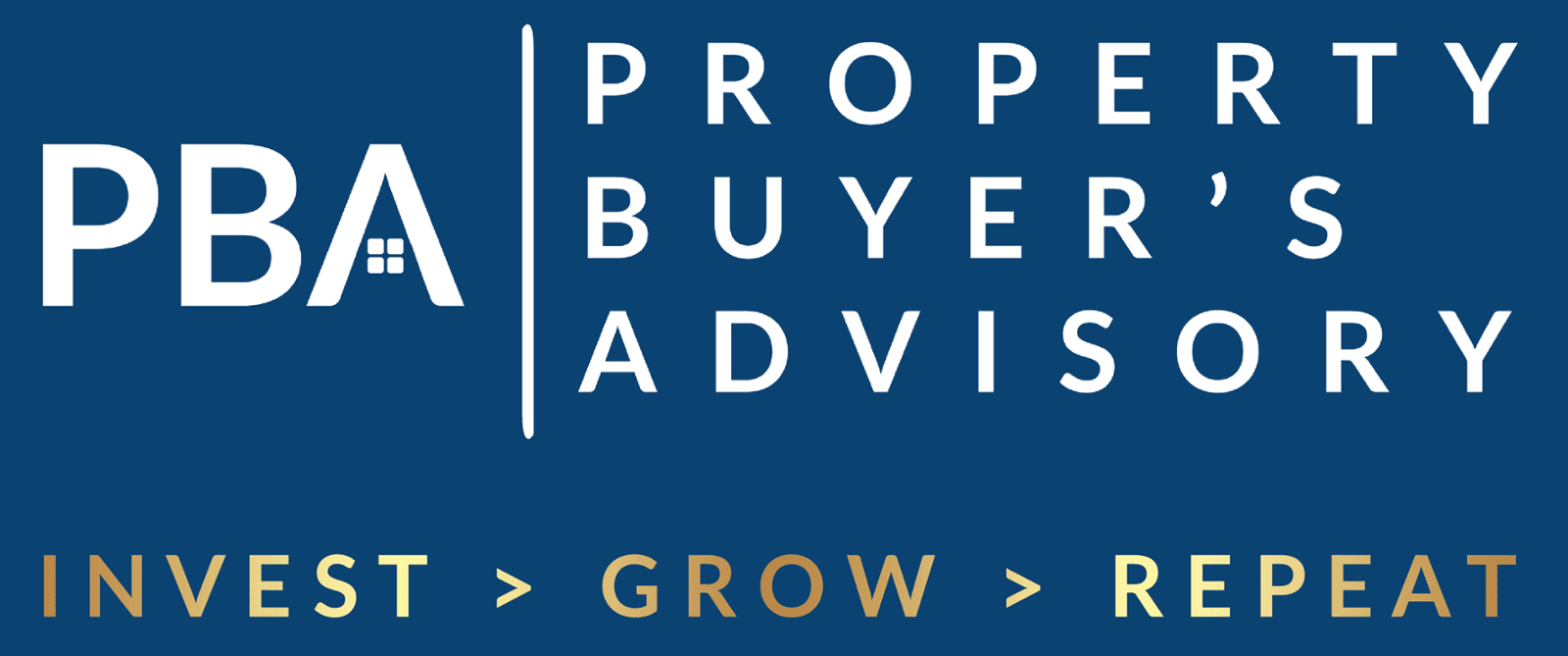Diversification is a fundamental principle in investing, and property investment is no exception. A well-diversified property portfolio can help you manage risk, maximize returns, and achieve your long-term financial goals. Here are some key strategies to consider when building a sustainable property portfolio:
1. Geographic Diversification
- Diversify across regions: Investing in properties in different regions can mitigate risks associated with localized market fluctuations. Consider diversifying between metropolitan, regional, and coastal areas. For example, if you have a significant portion of your portfolio invested in Sydney, consider adding properties in Melbourne or Brisbane to balance your exposure.
- Explore international markets: Diversifying your portfolio internationally can further spread risk and potentially access higher returns. However, be aware of the additional complexities and regulations involved in overseas property investment. Conduct thorough research and seek professional advice before investing in foreign markets.
2. Property Type Diversification
- Residential vs. Commercial: Consider investing in both residential and commercial properties to balance your portfolio. Residential properties offer steady rental income, while commercial properties can provide higher potential returns but may involve greater risk. For instance, you could invest in a residential apartment block and a commercial office building to create a diversified portfolio.
- Property Size Diversification: Include a mix of property sizes, such as apartments, townhouses, and houses. This can help you cater to different market segments and manage risk. For example, a portfolio with a mix of small, medium, and large properties can be less susceptible to market fluctuations.
3. Investment Strategy Diversification
- Capital Growth vs. Rental Yield: Determine your primary investment goal and allocate your portfolio accordingly. If you prioritize capital growth, focus on properties in high-growth areas with potential for significant appreciation. If rental income is your goal, consider properties with strong rental yields and stable tenant demand.
- Short-Term vs. Long-Term: Consider your investment horizon and allocate your portfolio accordingly. Short-term investments may focus on quick returns, while long-term investments can prioritize capital appreciation. A balanced portfolio can include a mix of short-term and long-term investments to manage risk and optimize returns.
4. Risk Management
- Leverage: Carefully manage your debt-to-equity ratio to avoid excessive leverage. High leverage can increase your risk during market downturns. Consider using a debt-to-equity ratio calculator to assess your leverage levels.
- Insurance: Ensure your properties are adequately insured against property damage, loss of rent, and liability. Review your insurance policies regularly to ensure they provide adequate coverage.
- Property Management: Consider hiring a professional property manager to handle tenant relations, maintenance, and rent collection. A good property manager can help you minimize vacancies and maximize rental income.
5. Regular Review and Adjustment
- Monitor performance: Regularly review your portfolio's performance and make necessary adjustments. Track your rental income, expenses, and property values to assess the overall health of your portfolio.
- Rebalance: Rebalance your portfolio periodically to maintain your desired asset allocation. As market conditions change, you may need to sell or purchase properties to realign your portfolio with your investment goals.
Stay informed: Keep up-to-date with market trends, economic indicators, and industry news. Stay informed about changes in tax laws, interest rates, and other factors that can impact property investment.
By implementing these strategies, you can build a diversified and sustainable property portfolio that aligns with your financial goals and risk tolerance. Remember, professional advice from financial advisors, property managers, and buyers agents can be invaluable in navigating the complexities of property investment.
Gain valuable insights and strategies for your initial steps into property, paving the way for financial freedom through smart real estate decisions, read our First-Timer's Guide: Unlock Financial Freedom in Property, or visit our website to read all of our articles.
